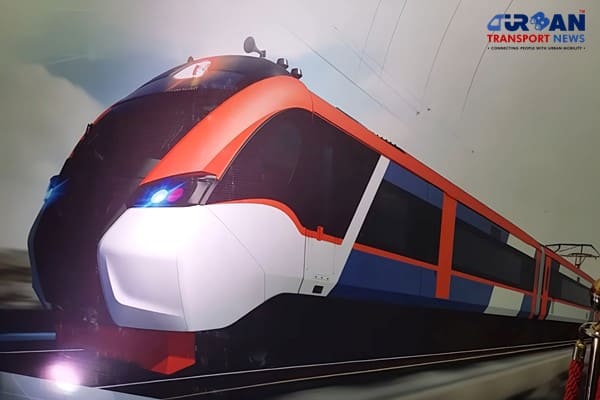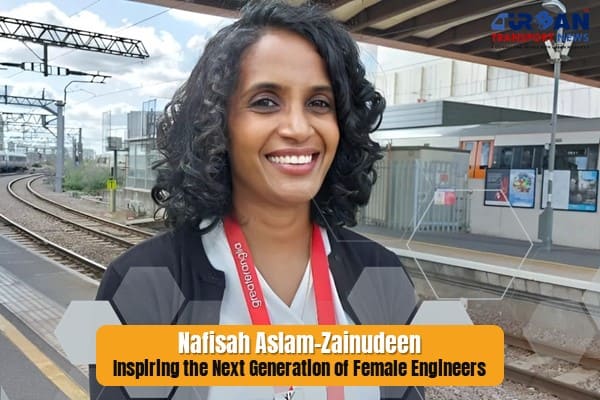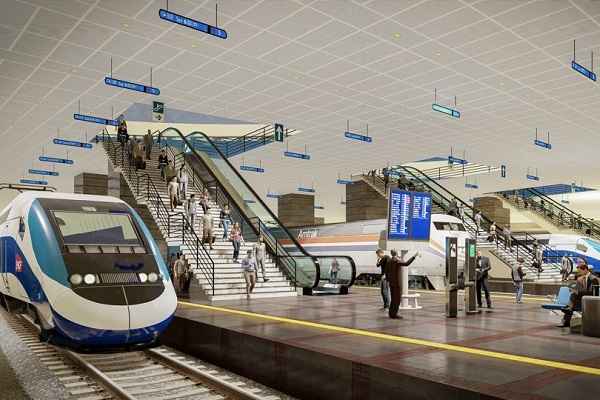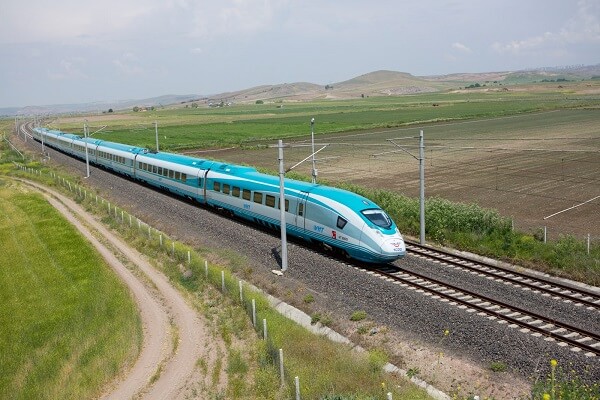 Siemens all set to Sell its Drive Division to KPS Capital for US$3.25 Billion
Siemens all set to Sell its Drive Division to KPS Capital for US$3.25 Billion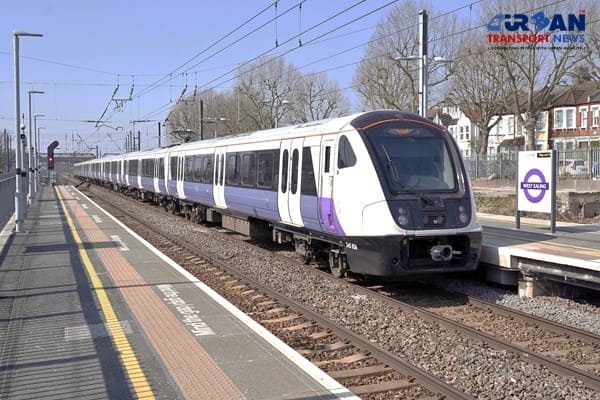 K-RIDE to cut 32,572 trees to pave the way for Bengaluru Suburban Rail Project
K-RIDE to cut 32,572 trees to pave the way for Bengaluru Suburban Rail Project Joby Aviation partners with Abu Dhabi to establish Electric Air Taxi Ecosystem
Joby Aviation partners with Abu Dhabi to establish Electric Air Taxi Ecosystem IIT Madras incubated ePlane Company revolutionizing Urban Air Mobility
IIT Madras incubated ePlane Company revolutionizing Urban Air Mobility Exclusive Interview with Harshita Jain, Director, Consulting Engineers Group
Exclusive Interview with Harshita Jain, Director, Consulting Engineers Group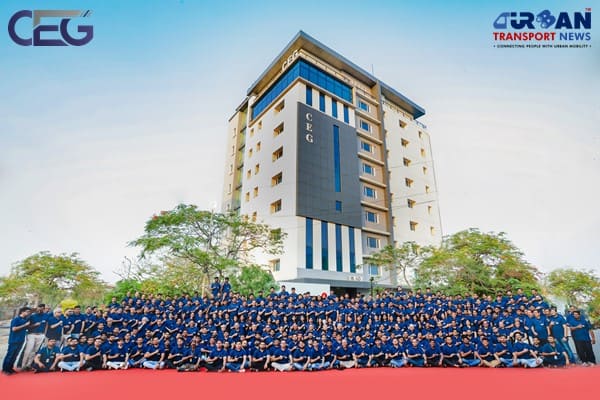 In Focus: Consulting Engineers Group - Pioneering Infrastructure Consulting Globally
In Focus: Consulting Engineers Group - Pioneering Infrastructure Consulting Globally Zoomcar CEO Greg Moran discusses Tesla's potential strategy shift in the EV Industry
Zoomcar CEO Greg Moran discusses Tesla's potential strategy shift in the EV Industry Urban Transport Infrastructure Magazine - May 2024 - Transport Day Special
Urban Transport Infrastructure Magazine - May 2024 - Transport Day Special How can Technology make Transformative Impact on Urban Commuting?
How can Technology make Transformative Impact on Urban Commuting?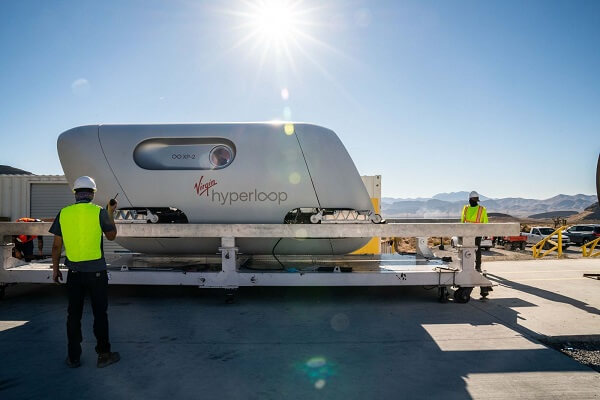 Revolutionizing Transportation: India's Potential with Hyperloop Technology
Revolutionizing Transportation: India's Potential with Hyperloop Technology
Understanding the Critical Role of Systems Approach in Urban Railway Projects

Urban railway projects represent complex endeavors, characterized by intricate infrastructural requirements and substantial logistical challenges. In this article, we delve into the imperative need for a systems approach in the delivery of metro and subway systems, highlighting its pivotal role in addressing the evolving demands of modern urban transportation infrastructure.
The Evolving Landscape of Urban Railway Projects
As urbanization accelerates and cities expand, the demand for efficient and sustainable transportation solutions has never been greater. Metro and subway systems stand at the forefront of addressing these needs, offering fast, reliable, and environmentally friendly modes of transit. However, the construction and operation of such systems pose formidable challenges, ranging from the logistical complexities of tunneling beneath densely populated areas to the integration of diverse subsystems essential for seamless operation.
Moving Beyond Traditional Assumptions
Historically, the focus of metro projects primarily revolved around construction-related challenges, such as tunneling and infrastructure development. However, as projects have grown in scale and complexity, it has become increasingly evident that the integration of various systems and subsystems represents a critical aspect of successful delivery. From signaling and communications to station operations and maintenance, the effective coordination of these disparate elements is essential for ensuring the functionality, safety, and sustainability of urban railway systems.
Embracing a Systems Approach
A systems approach to metro delivery entails viewing the project as a cohesive whole, rather than a collection of isolated components. By adopting this holistic perspective, stakeholders can better understand the interdependencies between different subsystems and anticipate the potential challenges associated with their integration. Moreover, a systems approach facilitates more efficient resource allocation, enhances project coordination, and ultimately leads to more cost-effective and timely delivery.
Navigating Complex Relationships
Central to the success of any infrastructure project are the relationships between various stakeholders, including contractors, subcontractors, and regulatory authorities. Effective collaboration is not only a product of organizational culture but also depends on the underlying contract structures governing project execution. Traditional contracting models, while suitable for conventional infrastructure projects, often fall short in the context of urban railway systems, where the seamless integration of multiple subsystems is paramount.
Harnessing the Power of Digital Integration
In an era defined by digital innovation, the integration of advanced technologies plays a crucial role in the development and operation of urban railway systems. From automated transit services to digital signaling systems, technology enables transit operators to enhance efficiency, safety, and passenger experience. However, the integration of these digital systems presents its own set of challenges, requiring careful planning, rigorous testing, and robust cybersecurity measures.
Prioritizing Environmental and Social Outcomes
In addition to technical considerations, modern urban railway projects must also address broader environmental, social, and governance (ESG) objectives. With increasing emphasis on sustainability and community engagement, transit projects are expected to deliver tangible benefits beyond transportation, including improved air quality, reduced carbon emissions, and enhanced social equity. Embracing a systems approach allows project teams to identify synergies between infrastructure development and societal well-being, thereby maximizing the positive impact of transit investments.
Case Study: Metro Tunnel Melbourne
A compelling example of successful systems thinking in urban railway projects is the Metro Tunnel Melbourne (MTM) initiative. By adopting an alliancing contract model and prioritizing collaboration among project partners, the MTM project has achieved remarkable success in integrating new tunnel infrastructure with existing rail networks. Furthermore, the project's focus on sustainability, evidenced by reductions in carbon emissions and community engagement initiatives, underscores the value of holistic project delivery.
In conclusion, the delivery of urban railway projects requires a paradigm shift towards a systems approach that considers the interconnectedness of various subsystems and prioritizes collaboration, digital integration, and environmental sustainability. By embracing this holistic perspective, stakeholders can navigate the complexities of modern transit infrastructure and deliver projects that meet the evolving needs of urban communities.





